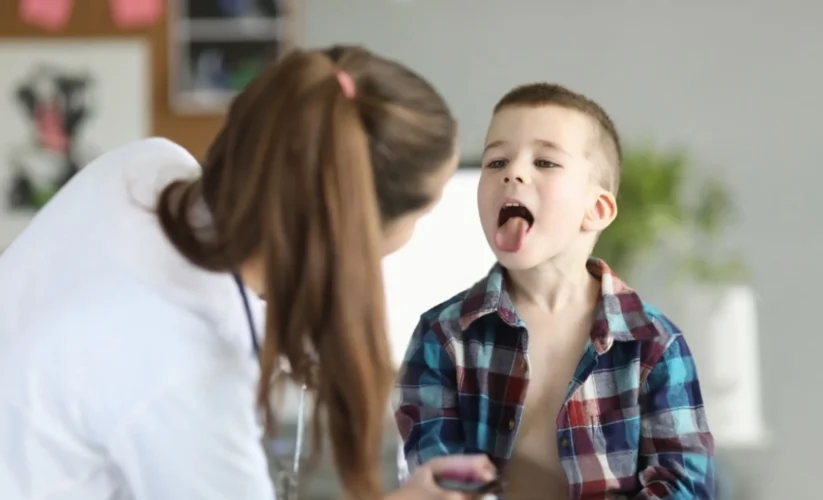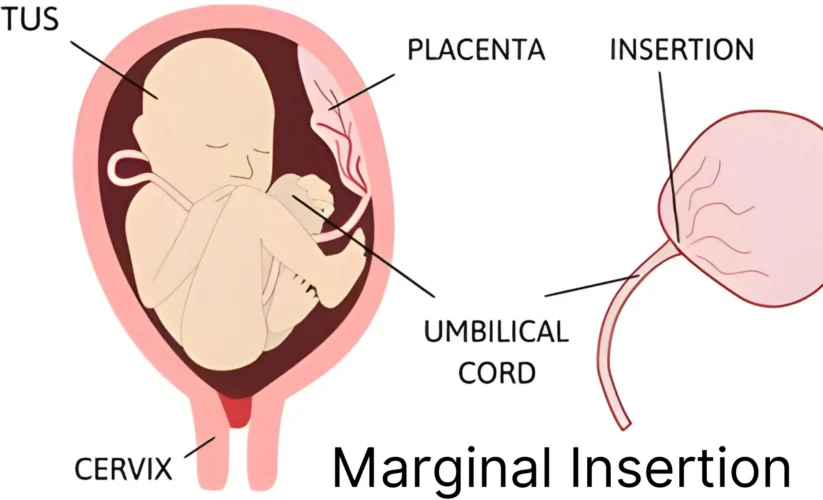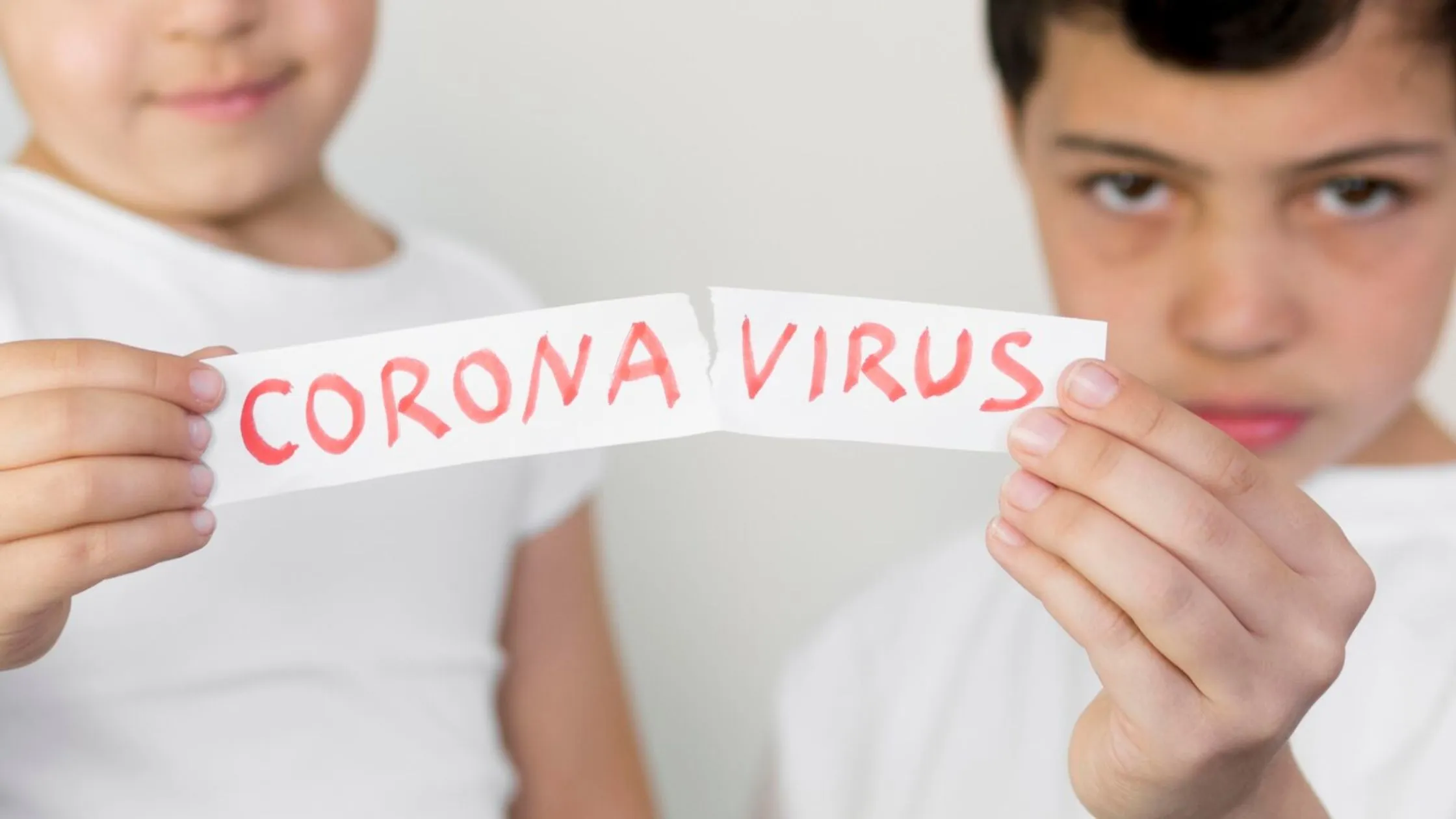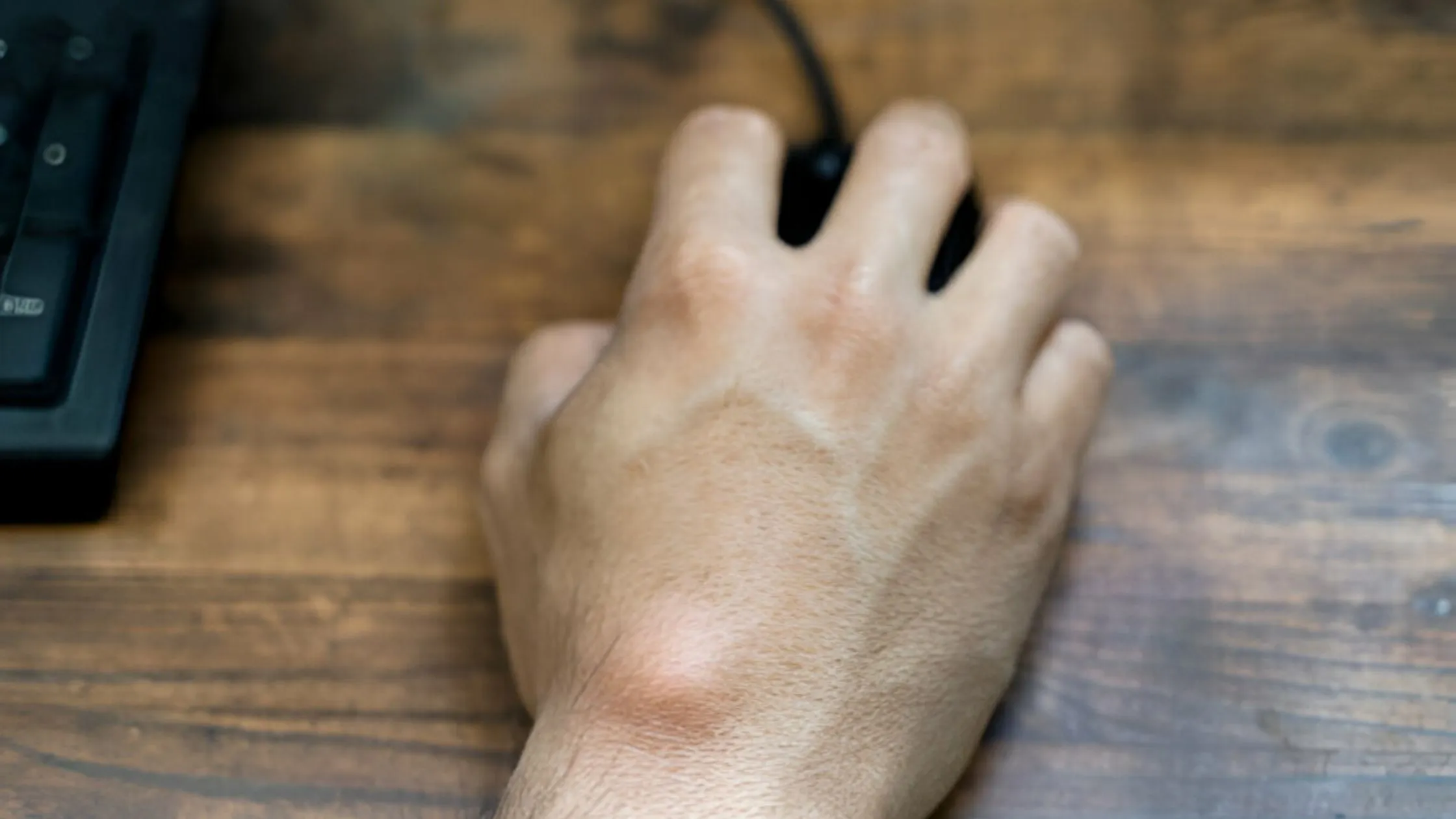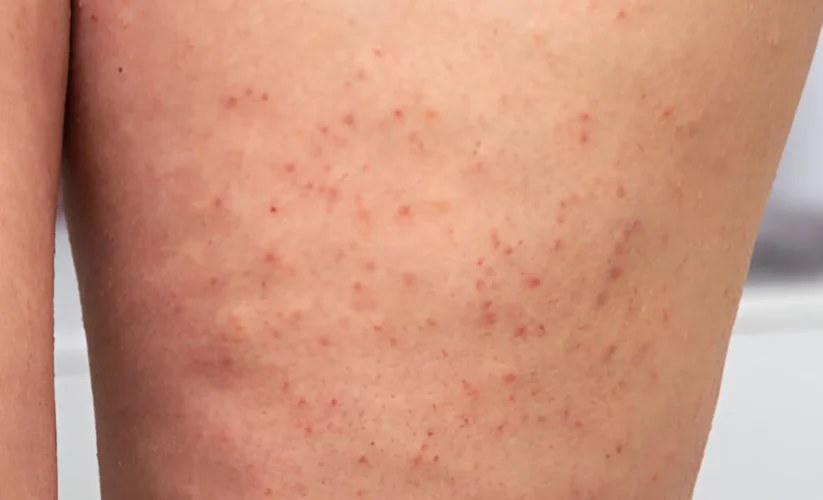
What Is Stucco Keratosis?
Stucco keratosis is a type of skin problem that looks like rough and scaly areas. These areas can be small, from the size of a dot to the size of a pea. They are usually white, gray or light brown in color. This condition is often seen on shins, ankles and tops of feet among older adults but it may also appear on forearms, hands as well as the trunk area too.
Although the exact reason is not known, it could be due to exposure to sun and getting older. Stucco keratosis isn’t infectious, and most often, it doesn’t make you scratch or feel irritation. If the spots are unattractive or disturbing, there exist solutions like freezing or removing them with a scraper.
Symptoms of Stucco Keratosis
Stucco keratosis usually doesn’t show any symptoms, except for rough and scaly areas on the body. These spots are often white, gray or light brown in color and can be as small as a speck or pea-sized
Physical characteristics: The primary symptom of stucco keratosis is seen through small, rough and scaly patches that appear on the skin. These patches are generally white, gray or light brown in color but they might also be pinkish or yellowish at times. A specific feature is their “stuck on” look which resembles the texture of stucco.
Location: Stucco keratosis is usually found on the lower legs, ankles and tops of feet. It shows up more frequently in elderly people. But it can also be seen on forearms, hands and trunk.
Itching: While uncommon, some people may experience mild itching around the affected area.
Causes and Risk Factors
The specific reason behind stucco keratosis is still unknown, but there are some factors that might be involved. Sun and getting older are two main suspects here. Having light skin might also make someone more likely to have these spots. The relationship between stucco keratosis and genetics is not confirmed, but certain studies show a potential link.
Diagnosis of Stucco Keratosis
Although it is usually not harmful, it is still good to see a doctor or dermatologist for correct identification. They can look at the lesions during a physical examination and eliminate any other skin issues. Biopsy, that is taking out a small piece of tissue for microscope examination, may not be needed in all cases.
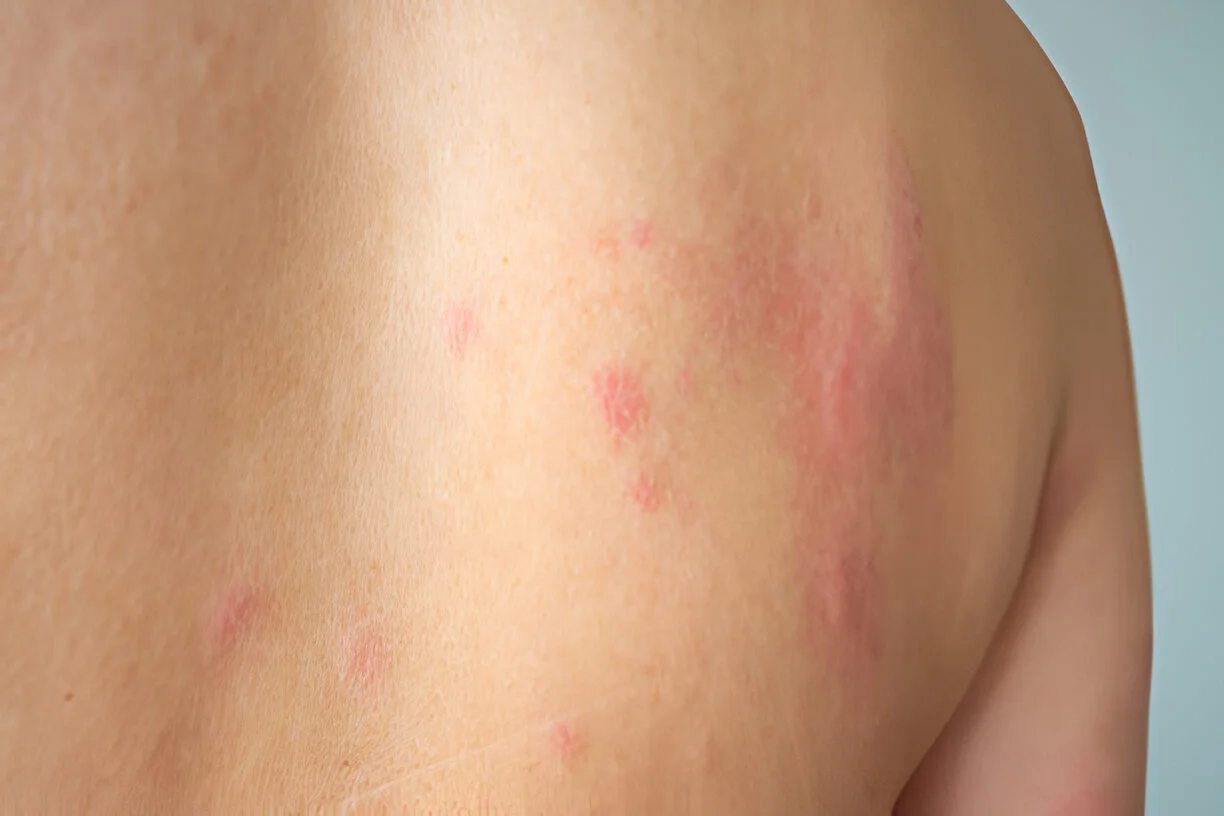
Types of Stucco Keratosis
There are a few main types of stucco keratosis:
Common Stucco-Keratosis
This is the most common kind, it has small rough keratotic bumps that look like they’ve been stuck onto skin. Generally, these are found on the lower legs, ankles and feet of elderly men.
Disseminated Stucco-Keratosis
This variation shows many lesions, possibly hundreds, spread across a large part of the body. In one investigation from 2010, about 3 in every 5 examples with widespread stucco keratosis also had PIK3CA genetic mutation.
Stucco Keratosis with Squamous Cell Carcinoma
Sometimes, the stucco keratosis lesions may turn into squamous cell carcinoma which is a type of skin cancer. It’s crucial to have regular checkups with your dermatologist so that any cancerous alterations can be identified in their initial stages.
Other less usual types are keratosis alba, which might be more common in darker skin types and look like slightly raised hypopigmented spots with a surface similar to cauliflower. Stucco keratosis may also have connections to specific viral infections: human papillomavirus (HPV) types 9, 16, 23b, DL322 and 37 were found in one situation where there was extensive stucco keratosis.
Treatment Options for Stucco Keratosis
Stucco keratosis is a harmless condition and might not need any treatment. But when the spots cause cosmetic inconvenience, itchiness or discomfort, there exist various treatment methods. Here are some typical approaches:
Monitoring: Many times, just watching the lesions is enough. Your doctor might suggest keeping an eye on any alterations in size, color or shape.
Cryotherapy: This method includes applying liquid nitrogen to freeze the lesions. It’s fast and works well for taking out solitary spots. But, there is a small chance of leaving scars and hypopigmentation.
Curettage: In curettage, the doctor scrapes off the lesions using a sharp tool. This is also a good choice but it can cause temporary scabbing and needs local anesthesia.
Laser Therapy: This method employs a focused light beam to evaporate the sores. It provides accurate elimination with less scarring, but might cost more compared to other choices.
Topical Treatments: These are not as powerful as the methods mentioned before, but certain creams that have salicylic acid or urea could potentially aid in making rough spots softer and more even.
Living with Stucco Keratosis
Even though we do not have any method to stop stucco keratosis from happening, dealing with it includes protecting yourself from the sun, keeping your skin moist regularly so that it stays soft and avoiding too much scratching or irritating. If you see a change in the way the lesions look, feel uncomfortable or make you itch a lot, talk to your doctor about possible treatments or ruling out other causes.
Prognosis and Long-Term Outlook
The positive news is that stucco keratosis is not a cancer. This condition, which causes rough patches on the skin, can appear again even after being treated. So ongoing observation becomes very important for people who have it. If your doctor suggests checking the skin regularly, this helps to find out quickly if there are any alterations in these lesions.
Stucco keratosis might show up as rough, scaly patches on your skin but there is no need to worry. We are still trying to understand what leads to it and talking with a doctor for diagnosis can give you comfort.

